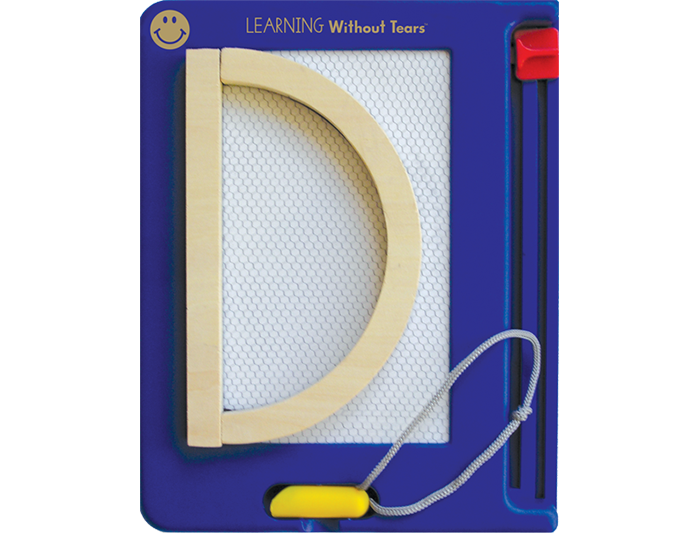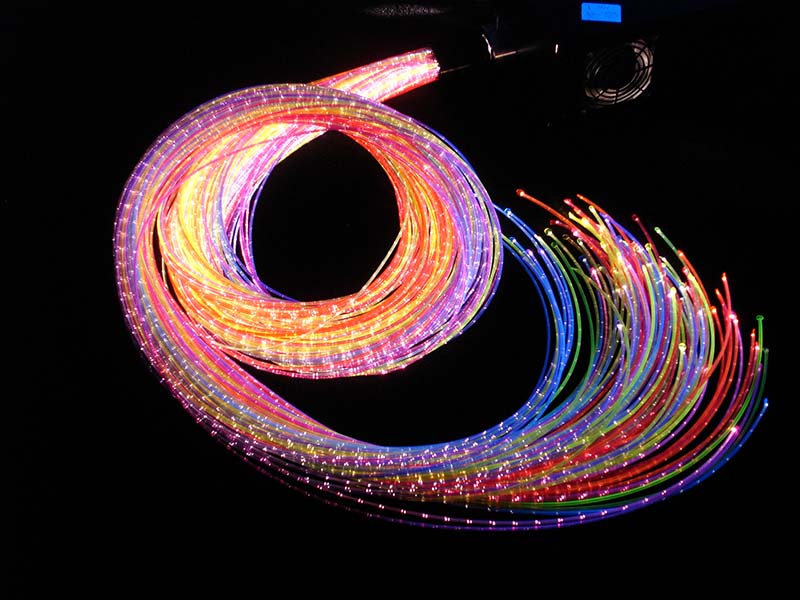
HANDWRITING THE DO’s AND THE DON’Ts
When kids are first learning to colour you may use jumbo or thick crayons and pencils to begin with. Kids often need less strength and coordination to hold a thicker framed crayon. Toddlers tend to use their entire arm to colour whilst laying on their tummy’s which helps them to start using their fingers instead of their shoulder. Jumbo or thicker framed crayons or what I like to use 'crayon rocks' (see below) are heavier and are more appropriate for younger kids from 1-3 years to make marks on paper.

Check it out: https://www.amazon.co.uk/Crayon-Rocks-Colours-Red-Velvet/dp/B002EODQBA
As kids get older and their fine motor skills develop, they begin to use their fingers and wrist more to move a crayon or pencil. This is due to increased shoulder stability which is a natural progression. Generally between the ages of 3 and 4, kids should begin to rest their arm on the table and start using the small muscles in their hand to do the work.
Kids from 3 years onward should still use a short crayon and pencil so their is less risk of them holding it in an inappropriate grasp- the more space the more room for incorrect positioning.
Using a golf pencil or shorter pencil enables kids to manipulate the pencil or crayon more easily. This discourages them from using too many fingers, putting too much force on the pencil and from colouring outside the lines.

Kids often have weak muscles in their hands and that is often the most common problem with handwriting issues and not being able to write coherently and easily in an appropriate pencil grip. Kids compensate for this weakness by using as many fingers as possible to hold the pencil. So instead of engaging kids in lengthily pencil tasks maybe mix it up with some fine motor strengthening activities that are often a lot more fun than pencil work! I post hand and finger strengthening activities regularly on my Facebook and Instagram pages @occupationaltherapyabc (see link on right column)
So... what do I recommend kids use for handwriting?
Below I recommend a few different strategies to promote an appropriate pencil grip. A good place to start is taking a multi-sensory approach which incorporates a more hands on approach. I also recommend a few different crayons that will promote your kids pincer grip, please note regular crayons are also fine! The below can be found on www.learningwithouttears.com

Stamp and see screen: Build capitals and numbers using "Wood Piece" stamps. Magnetic, chalk-like writing tool helps develop grip
Check it out:
https://shopping.lwtears.com/product/SAS/handwriting
https://shopping.lwtears.com/product/SAS/handwriting

Wood pieces set for capital letters
Make pre-writing instruction easy. Children learn capital formations as they imitate the teacher piece by piece. Use the set for teaching size, shape, position words, and concepts, too!
Check it out:
https://shopping.lwtears.com/product/WP/hwtmultisensory
https://shopping.lwtears.com/product/WP/hwtmultisensory

Flip crayons are available from Learning without Tears. These are greaat to promote a proper grip and fine motor skills by flipping the crayon.
Check it out:
https://shopping.lwtears.com/product/FGS20/handwriting
https://shopping.lwtears.com/product/FGS20/handwriting
What can you do to help your kids pencil grip?
Engage your kid in strengthening activities examples include theraputty exercises and tennis ball strengthening activities (check out my Instagram page)! Find motivating activities for your kid by getting them to practice colouring their favorite cartoon character (so many free printable material online).
If your kid refuses point blank to engage in colouring tasks, don’t panic! Colouring is one part of fine motor tasks but fear not there is plenty of activities that can compensate. Although colouring is an important fine motor skill and is important for grasp development and finger strengthening, kids often refuse to colour because of the lack of strength. So maybe start there, help them increase the strength of their muscles instead of jumping into coloring activities that can be quite taxing on their little muscles. Theraputty, Play-doh etc are great for strengthening the muscles in the hands and fingers! In addition, it’s important they have sufficient shoulder stability in order to engage in colouring or handwriting activities. The aim is to get your kid to use their hand without using their whole arm! Encourage your kid to colour or engage in fine motor tasks while lying on their tummy. This can feel uncomfortable at the start but keep at it.

Roll-A-Dough Letters
It's fun to roll and cut dough snakes to make capitals and numbers! Use the blue tray with sand, shaving cream, or rice for additional practice. Set includes: 18 double-sided capital and number cards, tray, and dough.
Check it out:
https://shopping.lwtears.com/product/RAD/products-by-type
https://shopping.lwtears.com/product/RAD/products-by-type
I really hope this has been helpful! If you have any questions please share them below!

